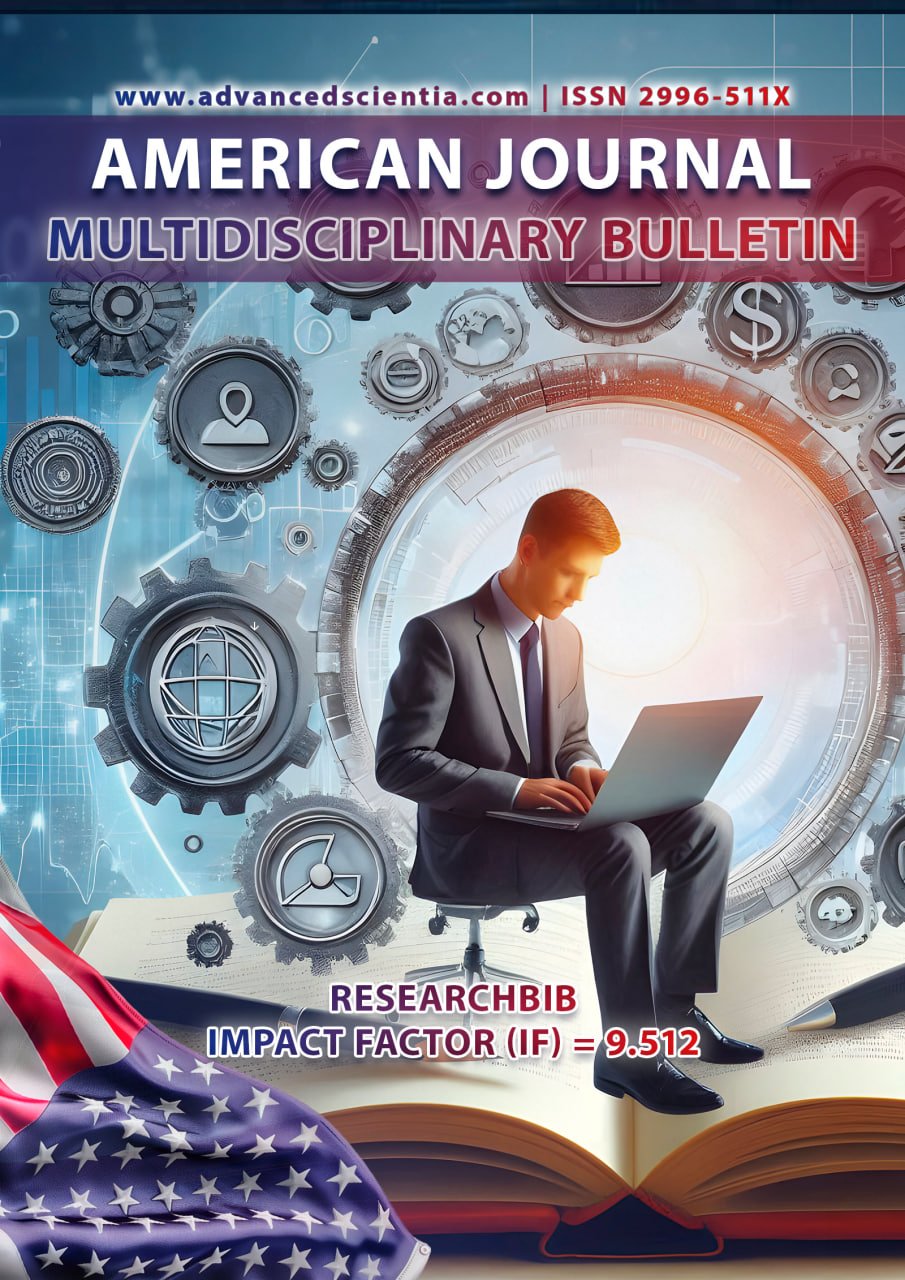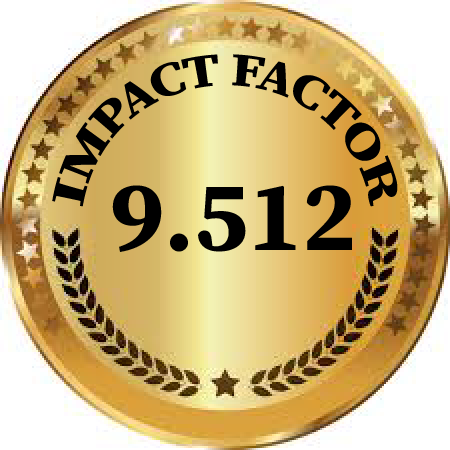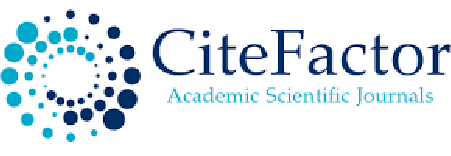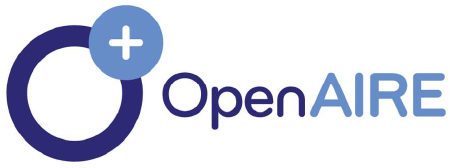CONCEPTUAL AND THEORETICAL FOUNDATIONS OF MARRIAGE TERMINOLOGY IN ENGLISH AND UZBEK LINGUOCULTURE
Abstract
This article examines the linguocultural features of marriage and wedding terminology in English and Uzbek. Using a contrastive linguocultural framework, the study analyzes lexical domains, ritual vocabulary, kinship terms, and performative speech acts to reveal how language encodes cultural values, gender roles, and social structures. Data are drawn from dictionaries, descriptive grammars, ethnographic descriptions, and native-speaker consultations. Findings show both universal patterns (ritual stages and kinship salience) and culturally specific lexicalizations reflecting Islamic influence, Central Asian customs, and differing matrimonial ideologies. The article concludes with implications for language teaching, translation, and further research.
References
1. Duranti, A. (1997). Linguistic Anthropology. Cambridge University Press.
2. Hymes, D. (1972). Models of the Interaction of Language and Social Life.
3. Umurova, K. K. (2018). Making critical thinking intuitive in EFL classes: using drama, examples, and images. Проблемы и достижения современной науки, 1(1), 43-47.
4. Umurova, X. X. (2022, January). Ingliz va ozbek tillarida toy marosimi atamalari xususida. In Integration Conference on Integration of Pragmalinguistics, Functional Translation Studies and Language Teaching Processes (pp. 63-65).
5. Umurova, X. (2020). Semantical Features Of Folklore Samples. Solid State Technology, 63(4), 5207-5212.
6. Umurova, K. (2017). DEPICTION OF YOUTH PROBLEMS IN AMERICAN SHORT STORIES OF THE XX CENTURY. Научная дискуссия: инновации в современном мире, (12), 63-68.
7. Hakimovna, U. X. (2022). Linguacultural features of weddings in Uzbekistan and United Kingdom. O'zbekistonda fanlararo innovatsiyalar va ilmiy tadqiqotlar jurnali, 2(14), 111-117.
8. Nazarova, G., & Umurova, K. (2016). Self-confidence and its importance in learning languages. International scientific journal,(4 (2)), 47-49.






















